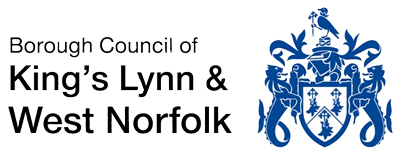West Norfolk proudly celebrates its connection to the naval hero Admiral Lord Nelson. After many famous victories he died at the Battle of Trafalgar in 1805. His father, Edmund Nelson, was rector of All Saints’ Church at Burnham Thorpe when his son was born at the parsonage on 29 September 1758. Today, many objects displayed inside the church celebrate Nelson’s life and career.
Nearby Burnham Market incorporates the formerly separate villages of Burnham Ulph, Sutton and Westgate. The amalgamation of their boundaries resulted in the sites of five churches being located in one parish. While nothing remains of two of these churches today, the ruins of St. Ethelbert’s at Burnham Sutton are visible and both St. Mary’s at Burnham Westgate, and All Saints’ at Burnham Ulph still stand and are used regularly.
An Iron Age fort at Bloodgate Hill in South Creake has been identified by archaeologists as one of only six such sites in Norfolk. A local legend, that a battle between Danes and Angles was waged on the hill, is depicted on the village sign.
The village of Stanhoe was the site of a Wellington bomber crash during World War Two. It went down near Stanhoe Hall in 1943.
The villages of Great and Little Barwick provide a peaceful contrast to these stories of military land, sea and air campaigns. Both places are thought to be smaller now than they were during the medieval period.
Beautiful Creake Abbey once dominated the parish of North Creake. Starting as an Augustinian house in 1206 it became an abbey in 1225. Following the death of the last abbot in 1506 the buildings fell into ruin.
The Nelson Loop passes the site of Lord Nelson’s birthplace, which is marked by a plaque. It visits the churches at Burnham Thorpe and Burnham Market, and the ruins at Burnham Sutton. It then heads north to the coast before returning south through Stanhoe and Great and Little Barwick before heading to South and North Creake.
-
 Church
Church
-
 Heritage
Heritage
-
 Accommodation
Accommodation
-
 Active
Active
-
 Bus Stop
Bus Stop
-
 Food
Food
-
 Info
Info
-
 Shop
Shop
-
 Trails
Trails
Difficulty
None
Map Reference
(TF803442) & (TF856394
Distance
18.25 miles - 29.5 kilometers
Type
Cycling
Dog Friendly
No
Time
None



